2 Ways to Connect Firestick to Laptop: Successfully Tested 2024
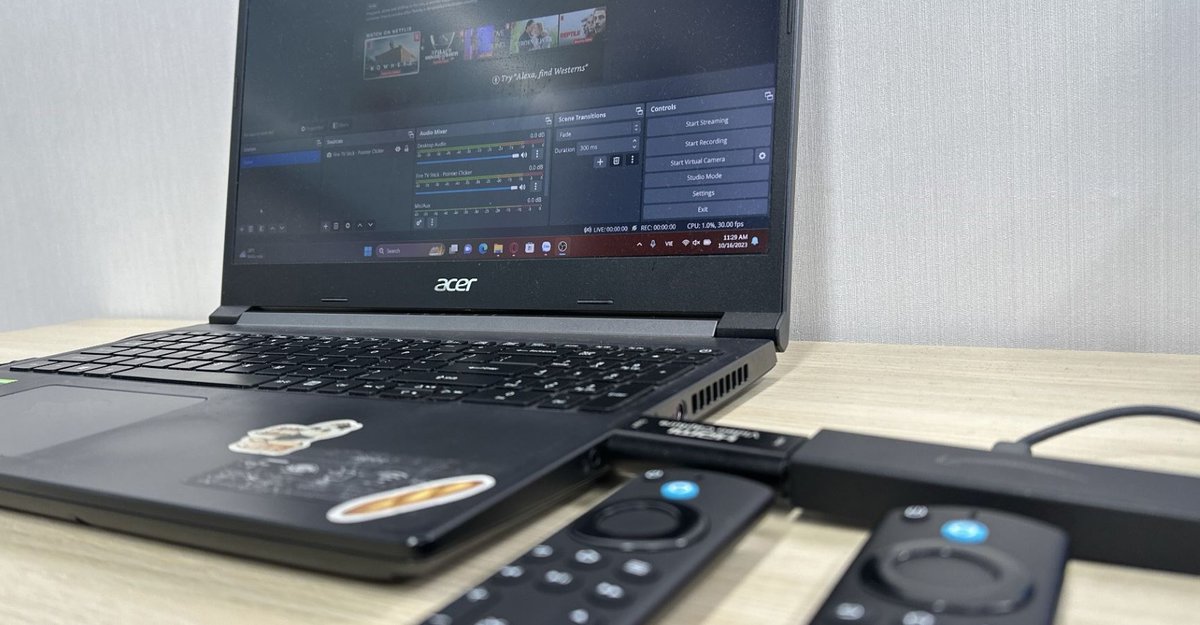
- You can use a Firestick with a laptop either through a capture card with OBS software or by directly connecting it to laptops that have an HDMI input port, like specific Alienware models.
- To connect a Firestick using a capture card: Plug the card into a USB port > Connect the Firestick to the card’s HDMI port > Install the OBS app on the laptop > Add the Firestick as a video capture device on the OBS app > Adjust audio settings.
You can use a Fire TV Stick on your laptop. Although I should mention that your laptop or desktop computer can perform many of the same functions a Fire TV Stick can, except it does so better and smoother.
A computer can stream through an internet browser. You can even download apps onto your desktop.
A computer makes streaming a lot easier. Ever watched Netflix on your computer? It’s easy to head to Netflix.com, log in, and start streaming something.
So, using a Fire TV Stick on your laptop could be a waste of time and money. But regardless, you can do it if you want to.
Quick Navigation
How To Connect a Fire TV Stick to a Laptop?
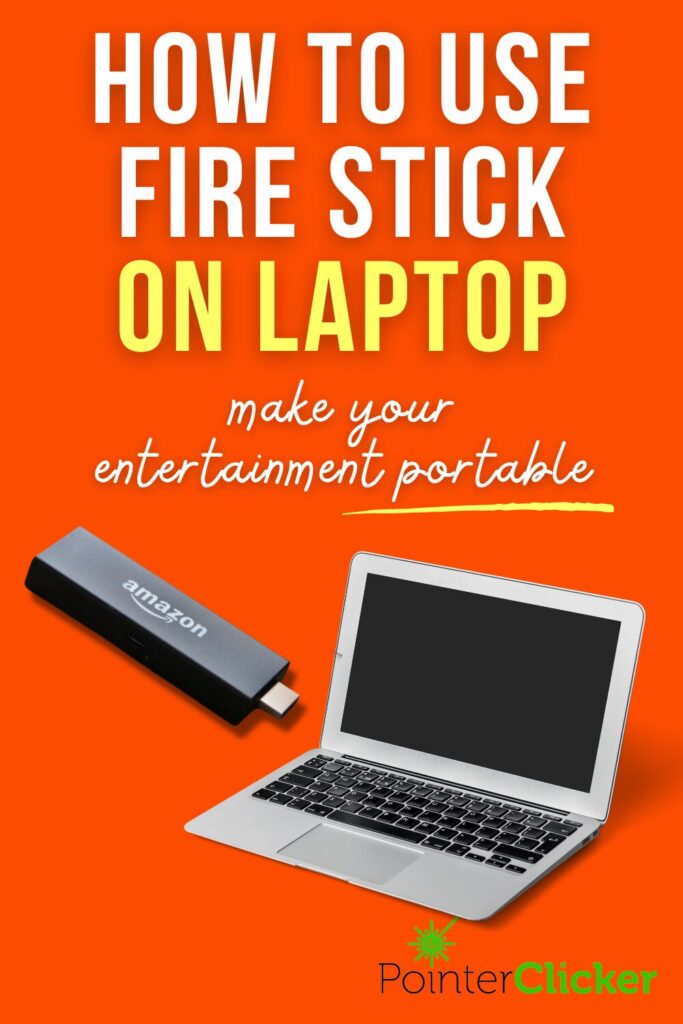
Connecting an Amazon Fire TV Stick to your laptop is not hard, but there are a few steps you might need to understand. With that said, there are two methods for connecting it to your computer so you may enjoy the brilliance of the streaming stick.
Those methods include:
- Using a capture card, like this HDMI Video Capture device
- Using a laptop with an HDMI input port
Now let’s see how to go about each of them.
1. Connecting a Fire TV Stick Using a Capture Card
To make this method work, you’ll need a couple of items in your toolkit: a Video Capture Card and the software called OBS (Open Broadcaster Software) that lets you harness the power of your capture card.
Let’s dive right into it.
Step 1: The first piece of the puzzle is plugging the capture card into one of your laptop’s USB-A ports.
Step 2: Next, ensure your Firestick is getting stable power and plug it into the HDMI port of the capture card.
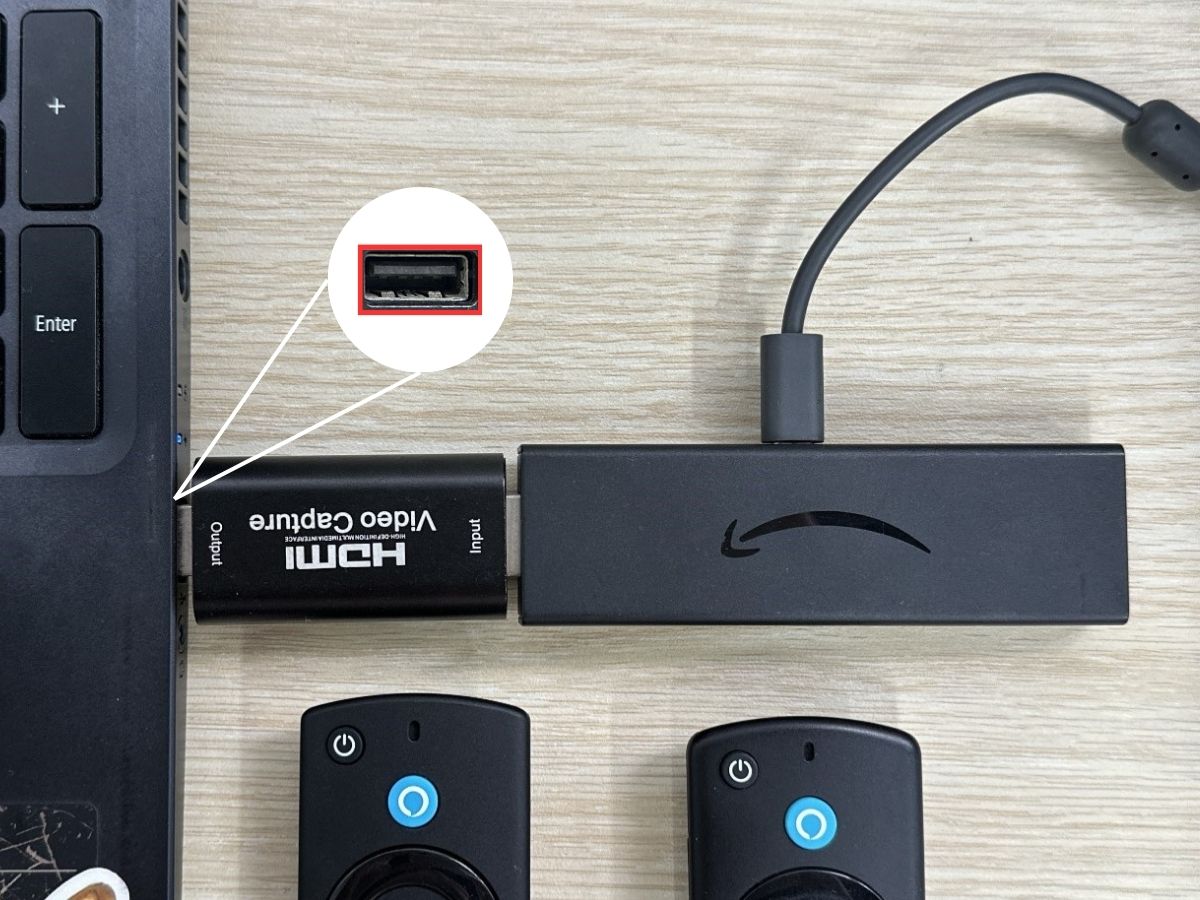
Step 3: Head over to obsproject.com/download, and there, you can download the OBS app. Be sure to pick the right installation option based on your operating system (Windows, Mac, Linux). Hit that Download button and let the download begin.

Step 4: Install and launch the OBS file you’ve just downloaded. Within the app, navigate to the Sources tab and look for the ‘+‘ icon. Click on it to add a new source to your setup.
![]()
Step 5: From the drop-down menu, select Video Capture Device.
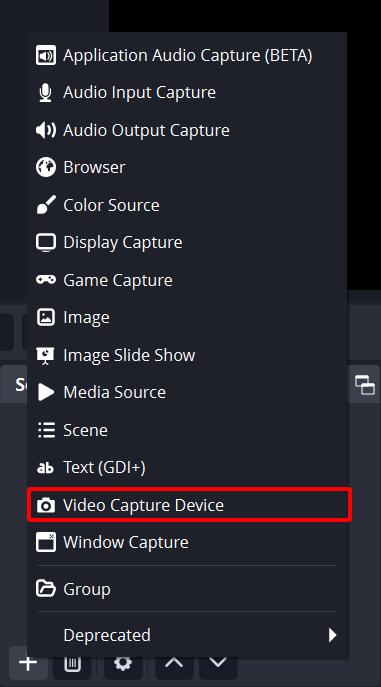
Step 6: A Create/Select Source window will appear. Create a unique name for your Fire TV Stick. Click OK once you’re satisfied with your name.
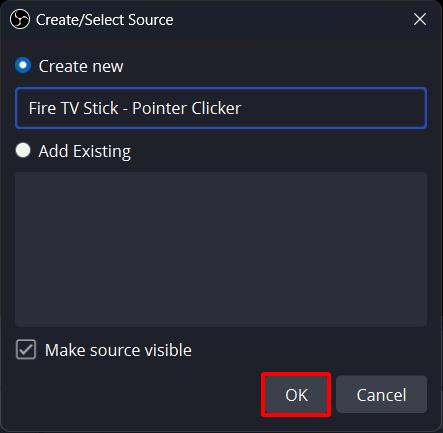
Step 7: In the Properties window, you’ll find a drop-down menu next to Device. Choose USB Video from the list, then select OK to confirm your choice.
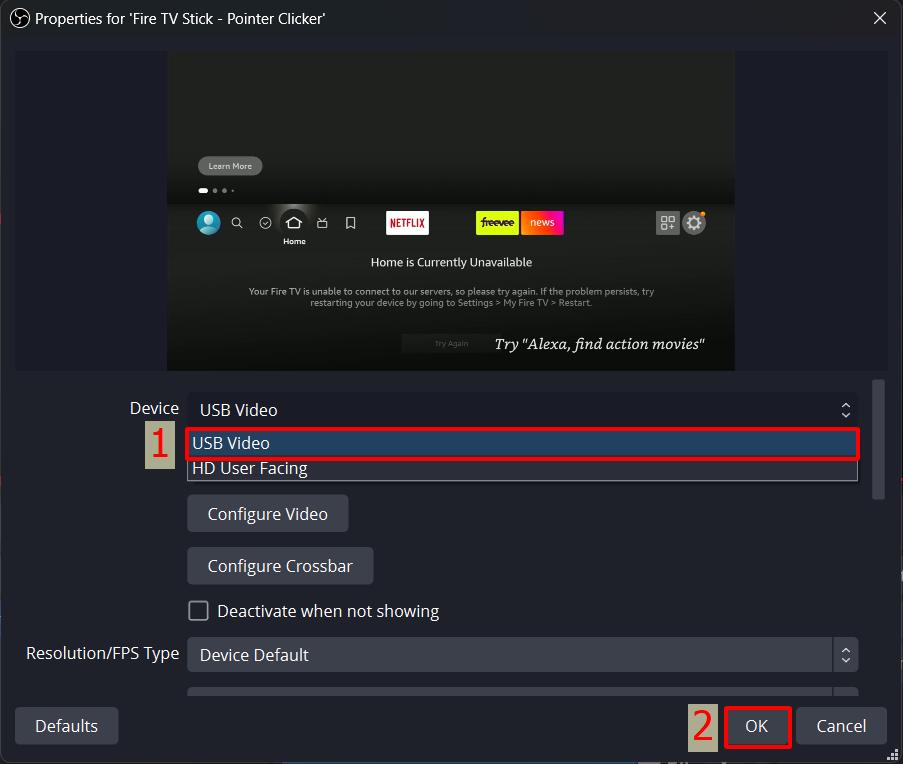
Step 8: Under the Controls tab, head to Settings to fine-tune your setup.
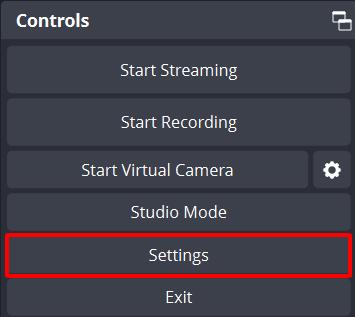
Step 9: Select Audio from the left-hand menu. Find the drop-down menu next to Mic/Auxiliary Audio and pick Digital Audio Interface (USB Digital Audio) from the list.
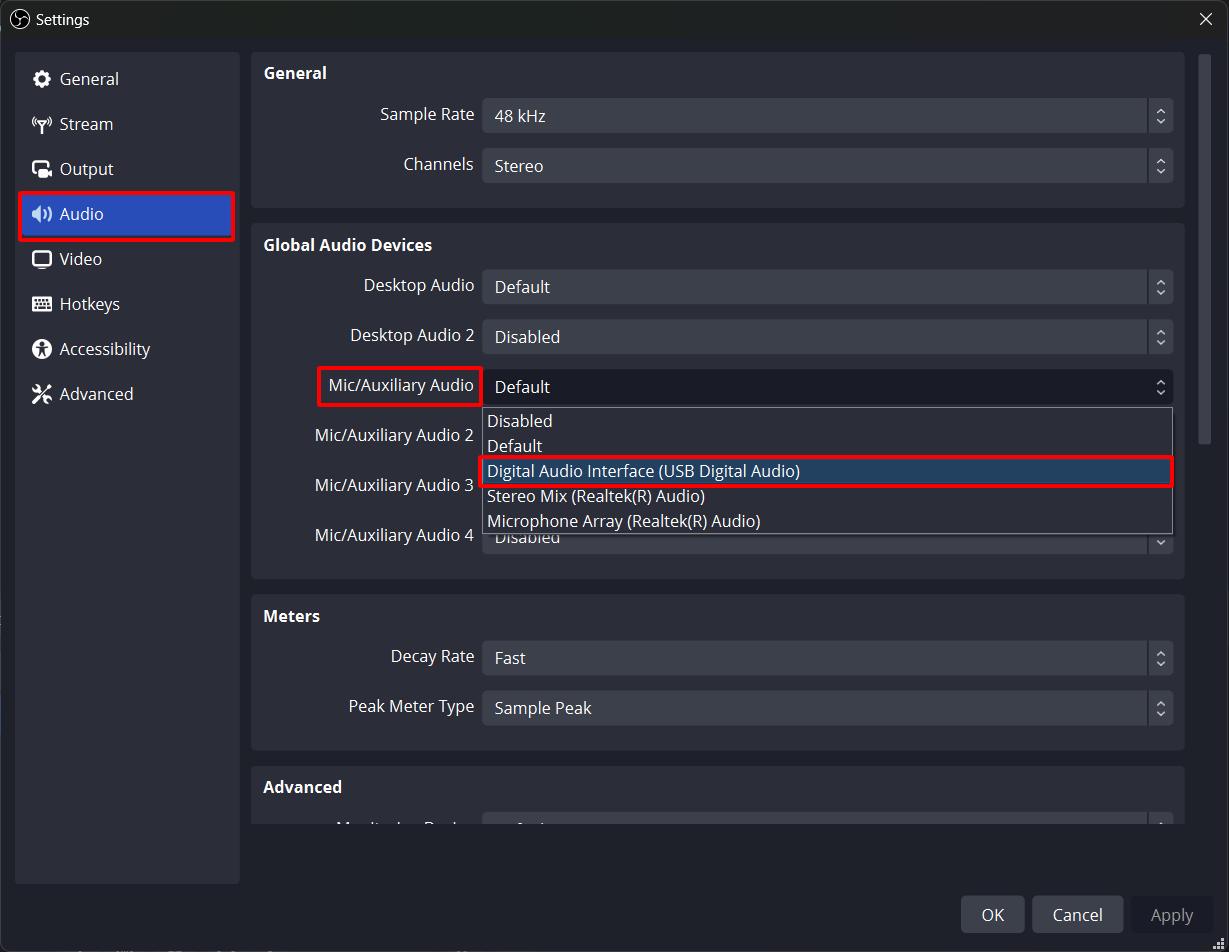
Step 10: Scroll down to the Advanced option, where you can tweak the Monitoring Device to match the audio device you want for your Fire TV Stick’s sound output. Then, click OK.

Step 11: In the Audio Mixer tab, click on the gear icon of any audio components and select Advanced Audio Properties from the drop-down menu.
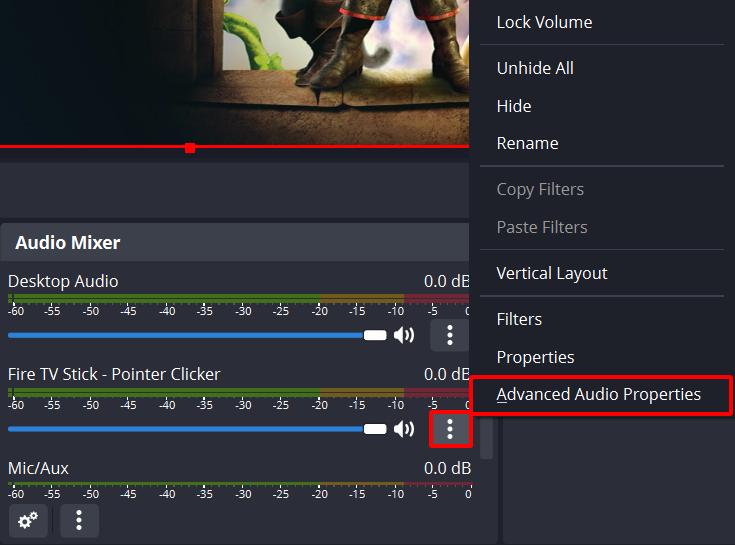
Step 12: Now, focus on your Fire TV Stick row. Adjust Audio Monitoring to Monitor and Output. Once that’s done, click Close.

Step 13: Finally, you need to make your Fire TV Stick full-screen by right-clicking on the gray border around the Fire TV Stick window. In the drop-down menu, hover your mouse over Fullscreen Projector (Preview) and select the option that appears beside it.
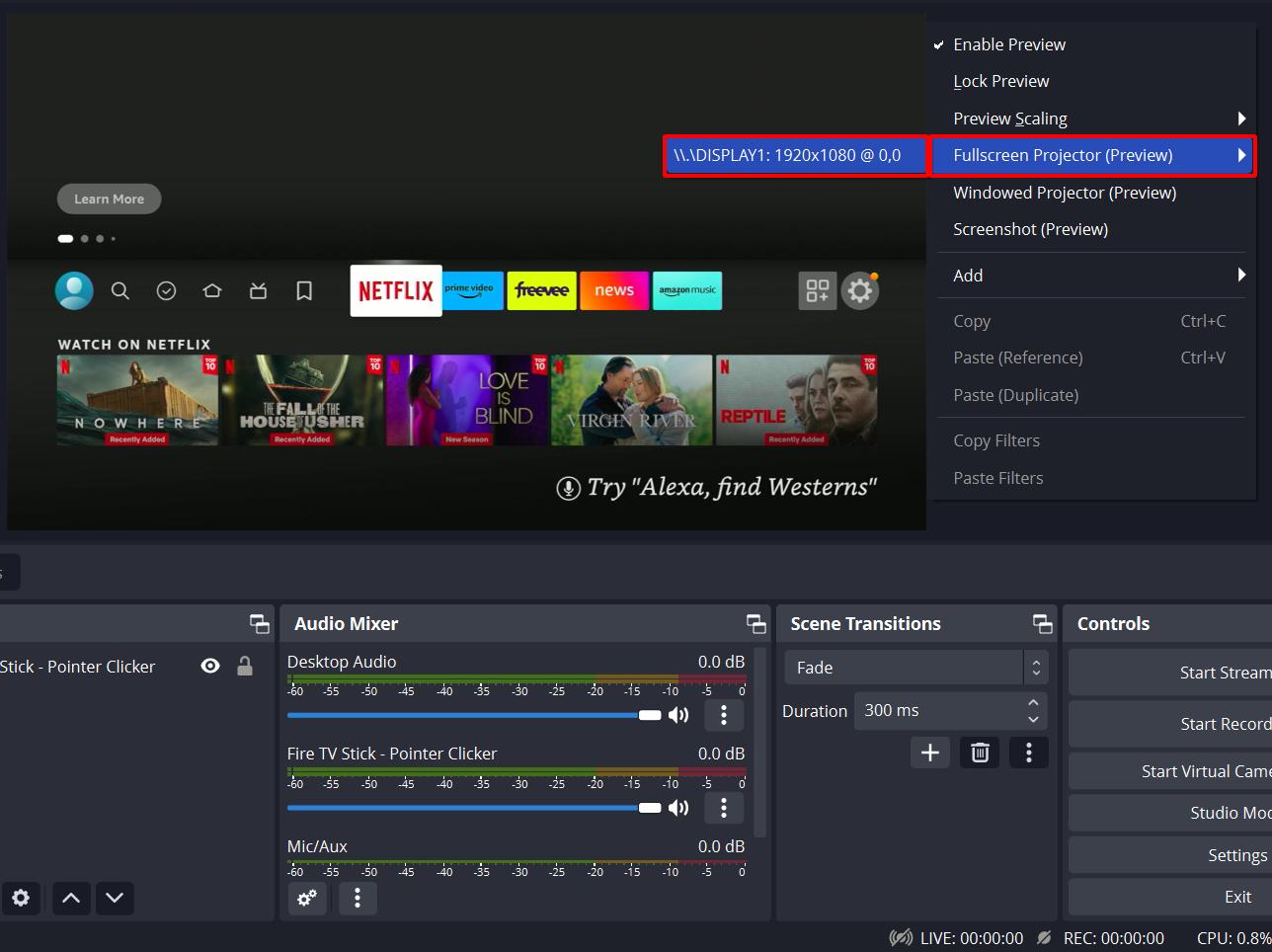
2. Connecting a Fire TV Stick Through an HDMI Port
We should mention that your laptop must have an HDMI In port, and not all laptops are equipped with this feature.
Some laptops are equipped with a port that can switch between IN and OUT. These laptops include:
- Alienware m17x R3, and R4
- Alienware 17 R1
- Alienware m18x R1, and R2
- Alienware 18
However, please note that the HDMI port is set to HDMI OUT as default. In order to change it, please press the FN plus F8 or F9 keys. This will change the HDMI OUT port to an HDMI In port. If you’re interested in a video tutorial, check out the following YouTube video:
Should You Use a Fire TV Stick on a Laptop?
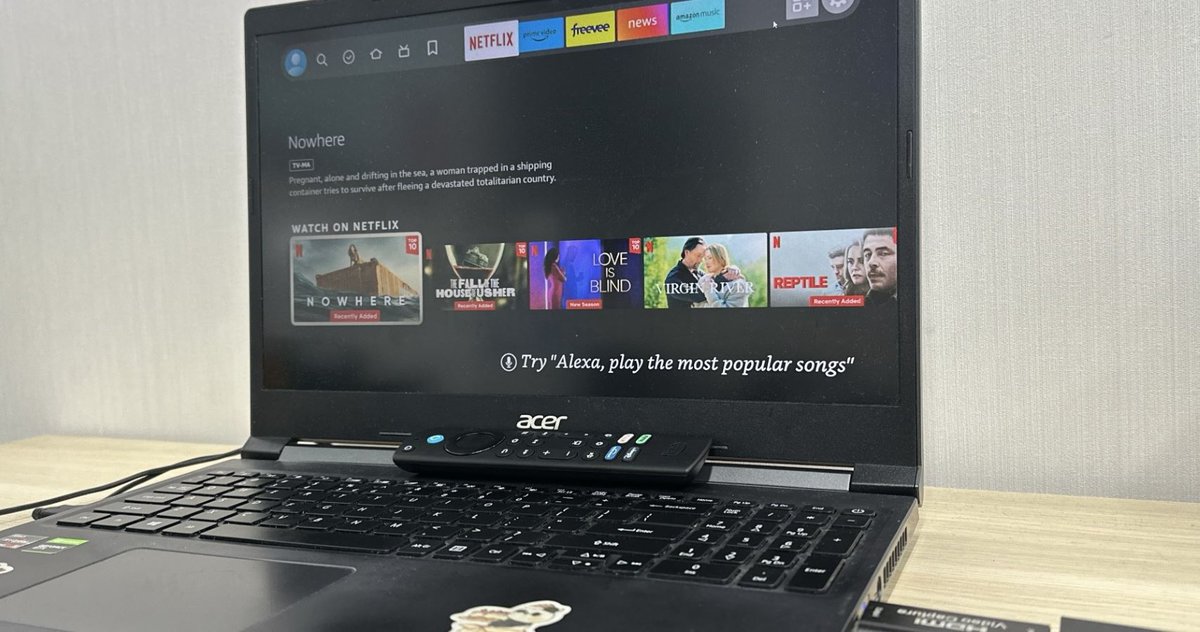
The question remains: if your laptop performs many of the same functions better than a streaming stick, then why plug it into your computer in the first place? Should you do this?
The answer to this question is actually two-fold.
You want to use your laptop as a portable display and take it anywhere you go. Or perhaps you want to display Fire TV Stick content on a laptop in order to share a stream online.
Both answers are equally valid and can even serve a purpose you might not have thought of.
Then again, maybe you want to have options available to you. Even though a computer can perform many of the same functions a Fire TV Stick can, there’s something to be said about a good user interface that’s familiar.
So, if you ever wanted to take your TV with you (via Fire TV Stick), now you can. And that’s pretty awesome.
As a side note, watching your Fire TV Stick on your laptop is not the same as mirroring your laptop to your Fire TV Stick. Mirroring your laptop to your Fire TV Stick is simple and doesn’t require extra equipment or software.
Conclusion
So, can you use a Fire Stick on a laptop? Yes, you can. Although it seems like more work than it should be, you can do it if you want.
There are two methods you can use. The first method involves the OBS software and a Video Capture Card. Method two uses an HDMI port that’s built into your computer.
We hope we answered your questions on how to connect your Fire Stick to your laptop and the reasons you might want to. If you have other questions for us, please feel free to leave them in the comments.
Duy Anh is a seasoned technical editor specializing in helping readers troubleshoot TV, projector, and Wi-Fi issues. He’s always been drawn to logical problem-solving. His ability to approach matters from various angles with a neutral mindset enhances his technical expertise.

